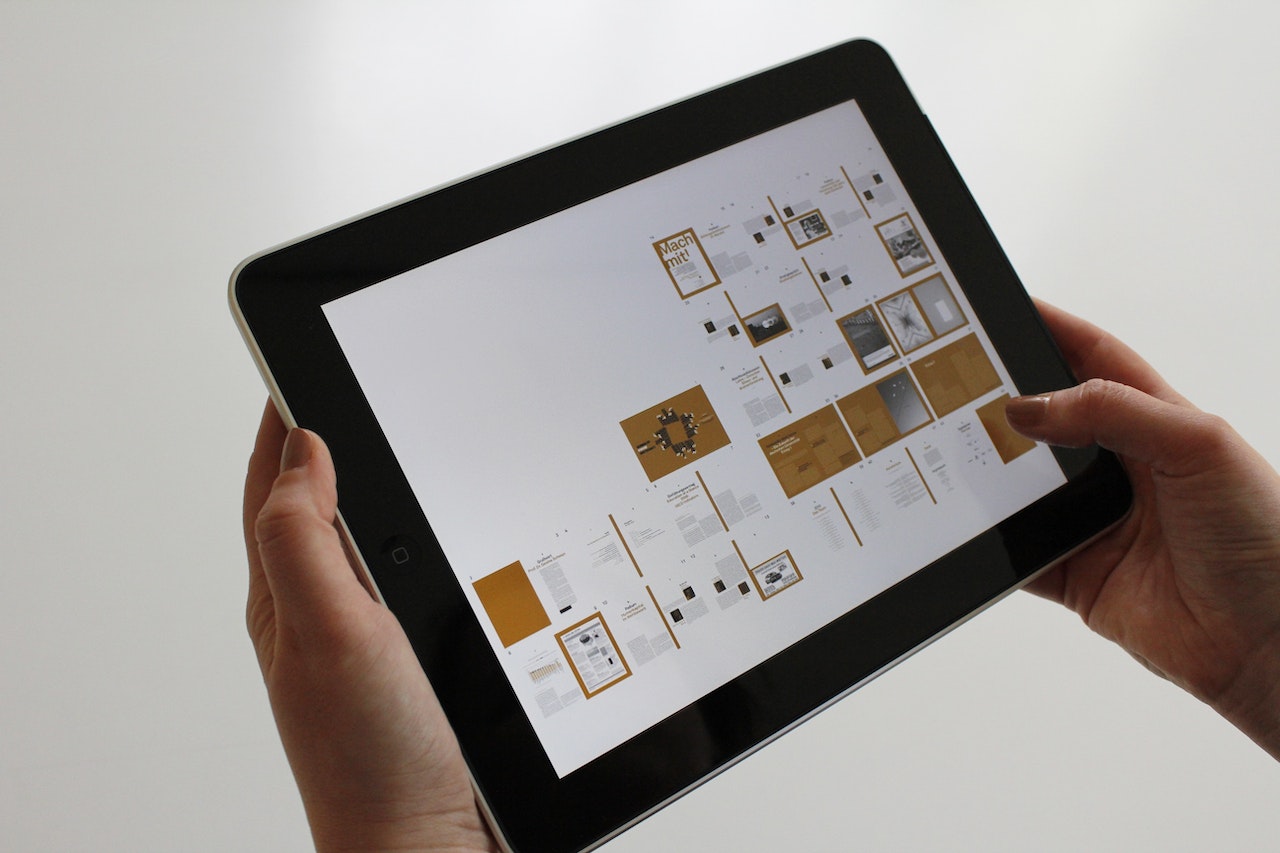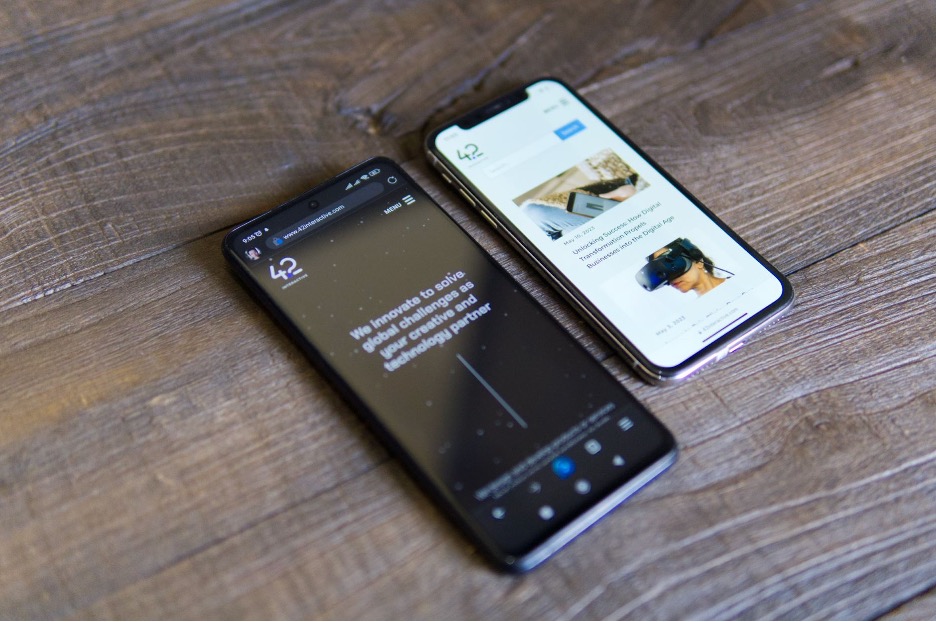The evolution of phones in recent times has been remarkable. From being simple communication devices, smartphones have now become sophisticated gadgets that can almost do everything a laptop computer can. People nowadays rely heavily on their smartphones for various tasks such as ordering food, booking ride-sharing or taxi services, and even using digital maps for directions. These activities are made possible through the use of mobile apps installed on their phones - a testament to just how advanced technology has become!
In order to ensure the high-level quality of a mobile app, developers must subject it to rigorous testing. This process is crucial because the development life cycle of a mobile app is relatively short, meaning that its success heavily relies on thorough testing. The three fundamental rules for mobile app testing are usability, security, and functionality. These tests not only improve overall efficiency but also enhance reliability and user experience. In today’s busy lifestyle, with individuals seeking ways to maximise their productivity daily routine needs meaningful solutions which makes reliance on mobile apps an increasingly popular requirement.

Source: https://bit.ly/3W59GL8
Types of Mobile App Testing
Testing is an essential part of the mobile app development process, as it serves a vital role in ensuring that the resulting app is high-quality, reliable, and caters to users’ needs. Therefore, activities like functional testing, performance testing, usability testing and security testing are all critical components of crafting a successful mobile application.
By taking thorough these steps to test your app during development stages you can build better user experience and increase user retention rates which directly translate into overall business growth!
-
Functional Testing: Guarantees the fulfilment of the mobile app’s intended objective and flawless execution of all its intended functionalities.
-
Usability Testing: Ensures that the mobile app provides a seamless, intuitive, and user-friendly experience.
-
Performance Testing: Verifies the mobile app’s performance across various scenarios, including high usage, low battery levels, and unreliable network connectivity.
-
Security Testing: Assesses the mobile app’s capacity to thwart unauthorised access, protect against data breaches, and mitigate potential security vulnerabilities.
-
Compatibility Testing: Verifies the compatibility of the mobile app across diverse mobile devices, platforms, and operating systems.
-
Installation Testing: Examines the installation process of the mobile app, encompassing download and installation speed, user prompts, and app launch time.
-
Localisation Testing: Guarantees that the mobile app is accurately translated and culturally adapted to accommodate various languages and cultural norms.
-
Interrupt Testing: Verifies that the mobile app continues to function correctly and follows its intended flow even in the event of interruptions such as connectivity issues, crashes, low battery, manual Bluetooth disconnection, and more.
Automation Testing
Automation testing is an approach in software testing that employs automated tools to run pre-scripted tests on a software application. It proves advantageous for automating repetitive, time-consuming, and intricate testing tasks. Additionally, it aids in verifying that the software application fulfils its intended functionality, performance, and security requirements. As mentioned earlier, automation testing helps to decrease testing time and enhance the overall quality of the software.
Multiple automation testing tools are accessible for mobile app testing, encompassing widely adopted open-source options like Selenium, Appium, and Robot Framework. Additionally, there are commercially licensed tools available such as HP UFT, IBM Rational Functional Tester, and TestComplete. These automation tools empower the QA team to develop and execute automated test scripts, capture test outcomes, and generate comprehensive reports.
In summary, automation testing plays a vital role in the testing process. It contributes to enhancing testing time, efficiency, cost-effectiveness, and overall software quality. Automation testing is commonly employed for regression testing involving static content. Furthermore, it can be utilised for load and performance testing to assess the application’s behaviour under different load conditions.
User Experience Testing
User Experience (UX) refers to the way users perceive a product, such as an app or website. UX testing involves assessing users’ emotions, gaze movements, preferences, and other significant behavioural details during and after their interaction with the mobile application. It constitutes an integral part of the software development process, aiming to ensure that software applications are user-friendly, efficient, and aligned with the requirements of the target user base.
UX testing assists in pinpointing aspects of an application that may frustrate or confuse users. By identifying these areas, developers can refine the design and functionality of the application, enhancing the overall user experience. This, in turn, boosts user engagement and encourages increased usage of the application. A positive user experience has the potential to drive higher levels of user engagement and application usage.
A superior user experience (UX) also contributes to heightened customer satisfaction. Through UX testing, it becomes possible to enhance customer satisfaction and foster loyalty by ensuring that the mobile app aligns with, or even surpasses, the needs and expectations of its users.
Moreover, a well-crafted and user-friendly application has the potential to elevate the brand’s reputation. Additionally, early detection of UX issues can save time and development costs by averting the necessity for redesign or redevelopment during the later stages of the development process.
UX testing is a critical process in the creation of applications that are intuitive, user-friendly, and cater to the needs of the intended users. It represents an investment in the success of both the application itself and the business it serves.

Source: 42 Interactive
Device Fragmentation
Some companies have made the error of considering testing their digital service solely as a task for their development team within the development phase. However, this is not a task that can be easily simplified. Without a well-considered testing strategy, it can lead to wasted time, financial resources, and, most importantly, a decline in quality.
Establishing an impactful testing strategy is crucial for digital companies to ensure their products and services maintain high quality and align with customer requirements. Here are several steps that can assist a digital company in crafting an effective testing strategy:
Define the objectives
The initial step towards developing an effective testing strategy involves defining the objectives of the testing process. This encompasses comprehending what elements need to be tested, determining the desired level of testing, and clarifying the expected outcomes.
Choose the test methodologies
Following that, the subsequent step is to identify the testing methods that will be employed to accomplish the defined objectives. This may encompass a range of techniques such as manual testing, automated testing, performance testing, security testing, and others. A combination of various testing methodologies can be utilised to attain superior end results.
Specify the testing scope
Based on the defined objectives and selected testing methods, the testing scope should be precisely delineated. This involves identifying the specific features, functionalities, and components that require testing.
Set up test environments
Various test environments must be established to replicate real-world conditions in which the product or service will be utilised. This encompasses configuring hardware, software, region settings, and network configurations necessary for testing purposes.
Create test cases
Test cases should be developed in alignment with the testing objectives and scope. The QA team should be assigned to create test cases that encompass all potential scenarios users may encounter while using the product or service. When it comes to mobile apps, test scenarios should account for more extreme variations compared to web or app testing.
Perform testing
Once the testing environment is established and the test cases are prepared, the testing phase can commence. This may involve conducting various types of testing such as manual testing, automated testing, performance testing, security testing, and more.
Report the test results & analyse it
After the completion of testing, it is essential to analyse the results to identify any alarms, issues, or bugs that have been discovered. A comprehensive report should be generated to document the findings and offer recommendations for resolving any identified issues.
Iterate and improve
The concluding step involves iterating and enhancing the testing process based on the results and recommendations obtained. This encompasses updating test cases, refining testing methods, and making necessary adjustments to the testing environment as required.
Testing for Different Platforms
Evaluating the distinctions between testing for iOS and Android platforms, and outlining strategies for digital companies to guarantee smooth functionality of their app on both platforms.
Achieving proper functionality of a mobile app on both iOS and Android platforms necessitates a holistic approach to app development and testing. By adhering to these steps, digital companies can ensure a seamless performance of their app on both platforms, providing users with a consistent and satisfactory experience:
Identify platform-specific differences
iOS and Android platforms exhibit distinct design patterns, user interfaces, and development frameworks. It is crucial for digital companies to proactively account for these disparities and ensure their app is optimised for both platforms.
Follow platform-specific design guidelines
iOS and Android platforms each have their own set of design guidelines that digital companies must adhere to in order to ensure seamless performance of their app on both platforms. By identifying and following these platform-specific guidelines, digital companies can ensure that their mobile app consistently delivers a high-quality user experience on both iOS and Android.
Test on emulators and (mostly on) real devices
Digital companies have the option to test their mobile app using emulators to obtain test results across multiple devices. However, it is crucial to conduct testing on real devices for both iOS and Android platforms to uncover any issues or bugs that may arise due to platform-specific differences. Testing on real devices enables digital companies to identify potential challenges related to device compatibility, performance, and user experience, ensuring optimal app performance on a variety of devices.
Use cross-platform development frameworks
To ensure smooth functionality on both iOS and Android platforms, digital companies can leverage cross-platform development frameworks such as React Native, Flutter, or Xamarin. These frameworks enable the creation of a single codebase that can be utilised to develop an app compatible with both platforms.
Optimise for performance
Digital companies must prioritise performance optimisation for their app on both iOS and Android platforms. This entails optimising the user interface, minimising app load times, reducing memory consumption, and ensuring scalability of server infrastructure for mobile apps that utilise cloud storage for user data.
Continuously test and iterate
Continuous testing and iteration on both iOS and Android platforms are essential for digital companies. This involves promptly addressing any issues or bugs that arise, as well as regularly updating the app to enhance its performance and user experience.

Source: https://bit.ly/4305wXc
Conclusion
With an application for almost everything we need, and competitors for every app being built, the role of mobile app testers is more critical than ever. They must ensure that the app is consistent and of top quality for all users. Mobile app testing should cover various aspects and properties of the app to achieve this goal.
Frameworks and development tools play a crucial role in streamlining the app development process, reducing effort and time. While mobile application development has become more accessible, mobile devices and user preferences have also evolved significantly. Mobile app testing poses various challenges for digital companies. Nevertheless, there are solutions available that digital companies can adopt to address these challenges and ensure their mobile app is of top quality, performs effectively, and fulfils user needs, irrespective of the platform or device being used.
Testing holds immense significance in the mobile app development process and deserves utmost attention to ensure the success of the app.
If you’re interested in discovering how our experienced QA team can assist you with mobile app testing, we encourage you to get in touch with us today!










